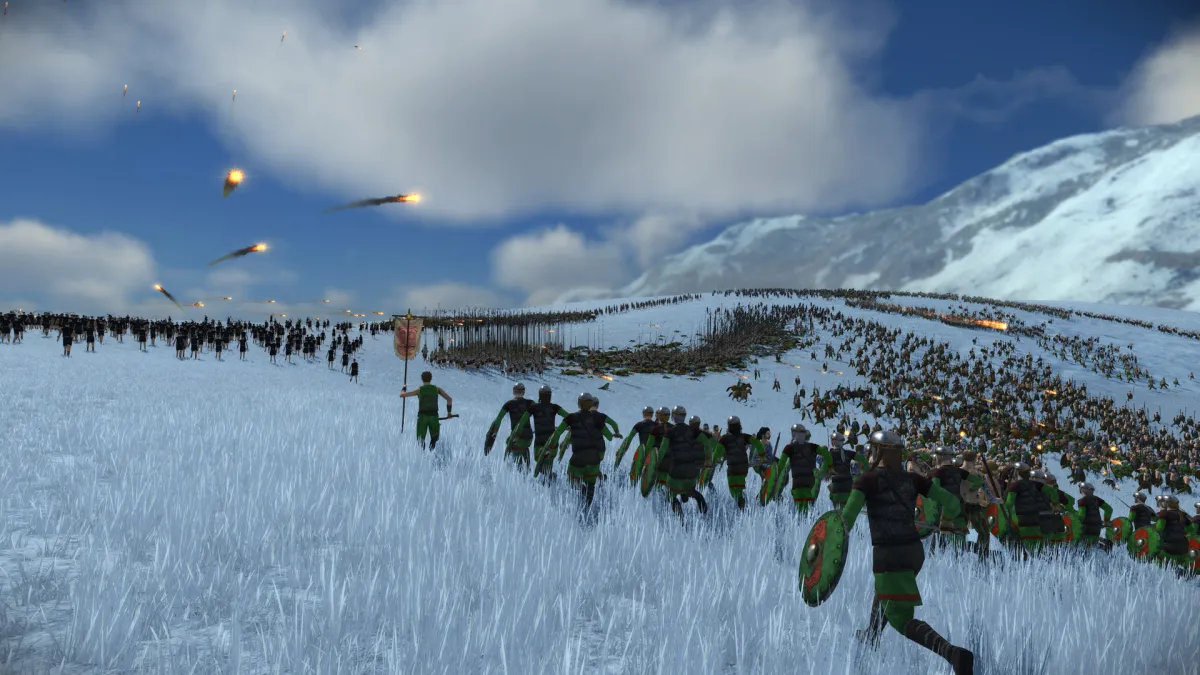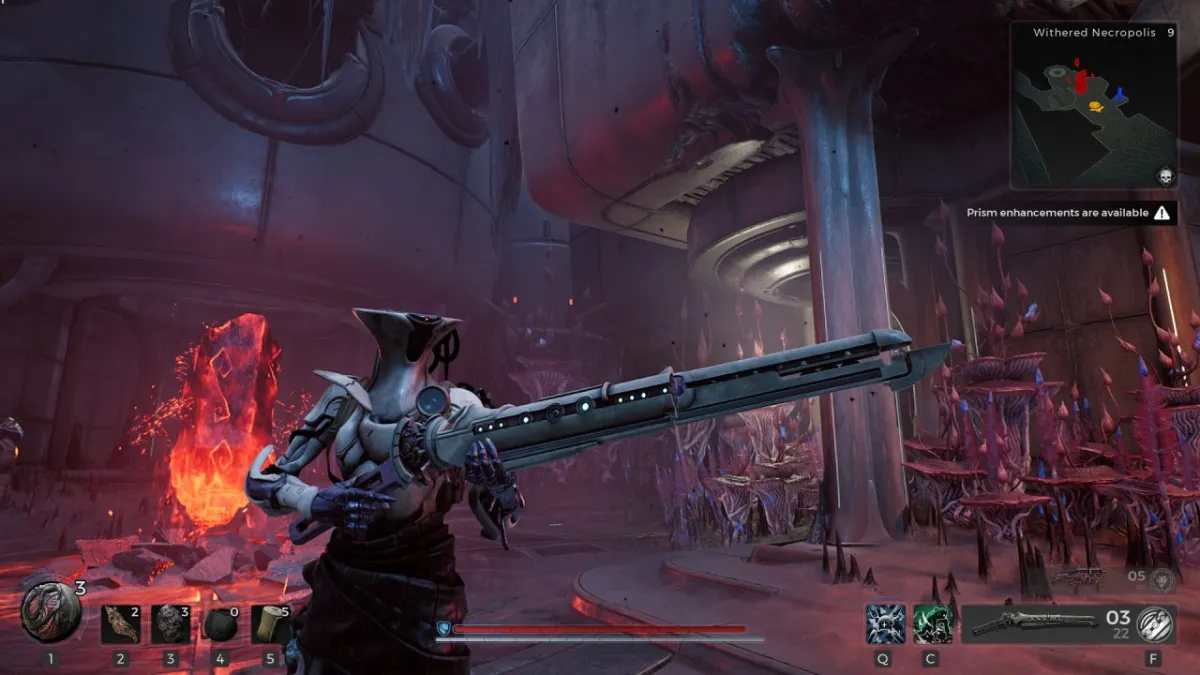Long-time fans would probably remember Rome: Total War when it came out in 2004. I still recall when my cousin and I spent numerous hours conquering the known world with different factions. That brings us to Total War: Rome Remastered. Although this version has several upgrades and tweaks, there are also certain mechanics that were retained from the original. As cited in our feature article, this can lead to more “misses” than “hits” owing to evolving concepts in both the Total War franchise and the strategy genre. Still, I would be remiss if I didn’t try my best to offer a few starter tips in our Total War: Rome Remastered beginner’s guide. Hopefully, it’d be easy for you to get back on the saddle.
Note: For more information, check out our Total War: Rome Remastered guides and features hub.
Total War: Rome Remastered – Beginner’s guide, starter tips, and the mechanics from a bygone age
Unlocking all factions
In the original Rome release, you could only pick from a handful of factions. The rest are either unlocked by defeating them during the campaign, editing a save file, or they’re simply unplayable. In Total War: Rome Remastered, you can have all playable factions unlocked from the get-go. Simply start the game and check the cog icon on the launcher. Tick the box for “unlock all base game factions” and you’re all set. Oh, and the launcher is also where you can select the campaign you’ll be playing (either the grand campaign, Barbarian Invasion, or Alexander).
Classic vs. Remastered settings
Before starting your campaign, click on the cog icon to see the various settings. Here, you can stick to the classic options from the original. Alternatively, you can go with the remastered settings that have a few balancing changes, population vs. army tweaks, and more.
Likewise, there are some key settings that can’t be changed once your campaign is up and running. These include the unit size (seen in the advanced graphics options panel) and being able to run the tutorial (you’ll need to have the Julii faction selected for that).
Note: I was recently informed that other options such as camera follow (after ending your turn), arcade-style battles, and realistic governance can also be found in the gameplay settings. You’ll need to start a campaign, check the gameplay settings, then click on the cog icon on the upper-right corner for advanced options.
City management and population
The realistic governance setting requires you to have a governor inside a settlement in order to manage it (i.e., constructing buildings, recruiting units, and the like). If you disable this setting, then you can happily manage your settlement without this restriction.
As for population, bear in mind that the troops you recruit will directly use up a settlement’s population. In turn, you’ll notice that it might take a while for cities to grow even if the correct buildings are in place. When a city’s growth is stunted, you wouldn’t be able to construct the next governor-type building to unlock a new tier of structural upgrades, as well as the new units or bonuses they provide. This is usually remedied by recruiting peasants from cities that you’re not prioritizing, then moving them to a settlement that you want to grow. Once you disband the peasants there, they’ll automatically add to that settlement’s population.
Moreover, don’t forget how squalor accrues over time due to population. You’ll need health and public order buildings to offset the penalties, or you could leave beefier garrisons to alleviate the threat of a revolt.
Armies and replenishment
As for armies, you can say goodbye to what you’ve learned from newer Total War games. In Total War: Rome Remastered, anyone can lead or form an army. You can even detach units freely to have them roam around (i.e., several mini-armies led by no-name captains). However, global recruitment and local recruitment don’t exist in this game. Instead, you may only recruit your faction’s troops while inside a settlement.
Likewise, units don’t replenish automatically no matter how long you’ve held them in reserve. Troops need to be inside a settlement, then you need to click on the retrain option. If a settlement has a building/building chain that allows the recruitment of those units, then retraining replenishes lost soldiers as well. Retraining also upgrades the weapons and armor of troops if blacksmith buildings have been constructed. The only exception to the rule is recruiting mercenary units. By default, only armies led by generals can recruit mercenaries, and different types of units will appear on certain regions of the world map. Also, since they’re mercs, you can’t replenish lost soldiers.
Note 1: Don’t forget that armies led by generals can construct watchtowers and forts on the campaign map as well.
Note 2: There are no stance buttons. Instead, certain mechanics provide a similar function. For instance, constructing a fort would be akin to the encamp stance (you’ll be besieged instead of fighting on an open field). As for ambushes, you’ll need to move an army close to a forest (some spots should have a dark green outline). The commander will kneel and say that an ambush is in place.
Reinforcements and fighting battles
In Total War: Rome Remastered, there’s no such thing as “reinforcement range,” the very concept that allows an army to support another that’s slightly further away. Instead, armies will need to be within the “red zone” of a hostile/neutral squad if you want them to become battle reinforcements. This can lead to pathing/blocking issues since so many armies are clumped together.
As for battles themselves, you can fight them manually (with or without the AI’s help) or auto-resolve:
- Manual battles (without AI) – If your main army has 20 units already, then taking manual control of reinforcements won’t have them spawn immediately. Instead, troops from reinforcing armies will only arrive after the original units have been shattered or destroyed.
- Manual battles (with AI) – If you give control of reinforcements to the AI, then they will appear during the fight while you control the main army that initiated the battle. I would suggest redeploying your main army close to an area where reinforcements will spawn from just to have a stronger front.
- Auto-resolve – If you decide to auto-resolve an engagement, then the relative strength of reinforcements will be taken into consideration.
Note 1: Speaking of pathing issues, fighting siege battles manually does lead to problems when units try to move inside walled settlements. You’ll notice how your squads can’t decide who goes through the gates first, or how cavalry troops can’t seem to make up their minds. This is further exacerbated if you use larger unit sizes.
Note 2: I was recently informed that additional features such as “guard mode,” “skirmish mode,” and “auto-run” are part of the options panel that appears when you hold down the spacebar. It’s the same panel that has settings for foliage, unit banners, and firing arcs, so it was definitely a surprise to see these features included therein.
Auto-resolve Whac-A-Mole, naval units, and embarkation
Simply put, there are no naval battles in Total War: Rome Remastered. As such, you’ll simply auto-resolve everything (more on this in a while). Your ships are also used as transports since armies and agents don’t automatically cross bodies of water. Instead, you’ll need to have a ship on the coastline, allowing armies and agents to embark. Then, you can sail to another region to drop them off.
Going back to auto-resolve, this decision will often leave your opponent with just a bloody nose. Hostiles tend to retreat, sometimes moving a couple of regions away. If you’ve played Paradox Interactive’s grand strategy games, you can think of this as akin to a “shattered retreat” mechanic. It also leads to a lot of tedium when you’re trying to chase down stragglers.
Merchants and other agents
There are four types of agents in Total War: Rome Remastered:
- Diplomats – Are used to engage in diplomacy, exchange of information, gifts, and bribery.
- Spies – Sent to armies or settlements to reveal information.
- Assassins – Can carry out sabotage actions in settlements.
- Merchants – A new type of agent added in the remastered version. Merchants are can either be placed in settlements/regions to gain income, or they can monopolize a resource node on the map (i.e., wine, silver, gold, and the like). Monopolizing a resource prevents another merchant from grabbing it while providing you with extra income. However, if neutral/hostile merchants are nearby, you can buy them out by right-clicking on them (eliminating them completely).
Agents can move again after acting, and they level up via the successful commands that you’ve undertaken (i.e., bribery/successful deals, infiltrating a settlement/army, sabotaging a settlement, or buyouts/monopolization). The problem is that you don’t see the success and failure rates of certain actions when you mouse over a target. Instead, the information appears as a list in the new “send agent” panel.
Diplomacy and bribery
To start engaging with other factions, you’ll need to use your diplomats, sending them to the far corners of the world to interact with other characters or settlements. In doing so, you’ll see diplomatic options such as alliances, giving/demanding gold, having trade rights, exchanging settlements, revealing the map, enacting a ceasefire, or bribery.
Bribery allows you to take territories, obtain extra diplomats, or completely remove armies on the map. Oh, and if there’s a unique character (i.e., a general), you’ll retain their services. Just be sure you have enough gold, and remember that faction leaders and heirs can’t be bribed at all.
The Senate and People of Rome
If you’re playing as any of the three Roman families (Julii, Brutii, Scipii), then you’ll partake in certain mechanics that aren’t available to other factions. Firstly, you’ll receive missions from the Senate. Likewise, the Marian Reforms event can be triggered. This will make all your early-game units obsolete, and you’ll have more powerful variants such as Legionary Cohorts and Praetorians.
Lastly, there’s the Civil War event which happens much later in your campaign. Assuming your popularity with the people is high enough and the Senate dislikes you, it can trigger a prompt for you to seize power (or the Senate will demand that your faction leader commit suicide). This will pit your clan against the two other families and Rome itself.
Be careful when saving your game
Like most long-time Total War players, I’ve gotten used to simply opening the menu and double-clicking a file so I could save my game. Unfortunately, Total War: Rome Remastered has both the save and load features in the same menu. This can lead you to accidentally double-click on a file while attempting to save, but you’d end up loading an older game state instead. What a bummer!
As for incremental autosaves, only a select few are around (the end of the previous turn, the start of the newest one, and at any point in time when you exit the campaign map). You may also use the quicksave (Ctrl+S) and quickload (Ctrl+L) options.
The tutorial and wiki
Don’t forget to try out Total War: Rome Remastered‘s tutorial which lets you play as the Julii. Although it’s fairly barebones, you should understand the gist of the basic concepts. If you find yourself stuck, you can hold Alt+left-click on any tooltip or icon to open the wiki. It contains information related to that particular facet of the game.
Total War: Rome Remastered is available via Steam. For more information, check out our guides and features hub.

















Published: Apr 29, 2021 06:00 am